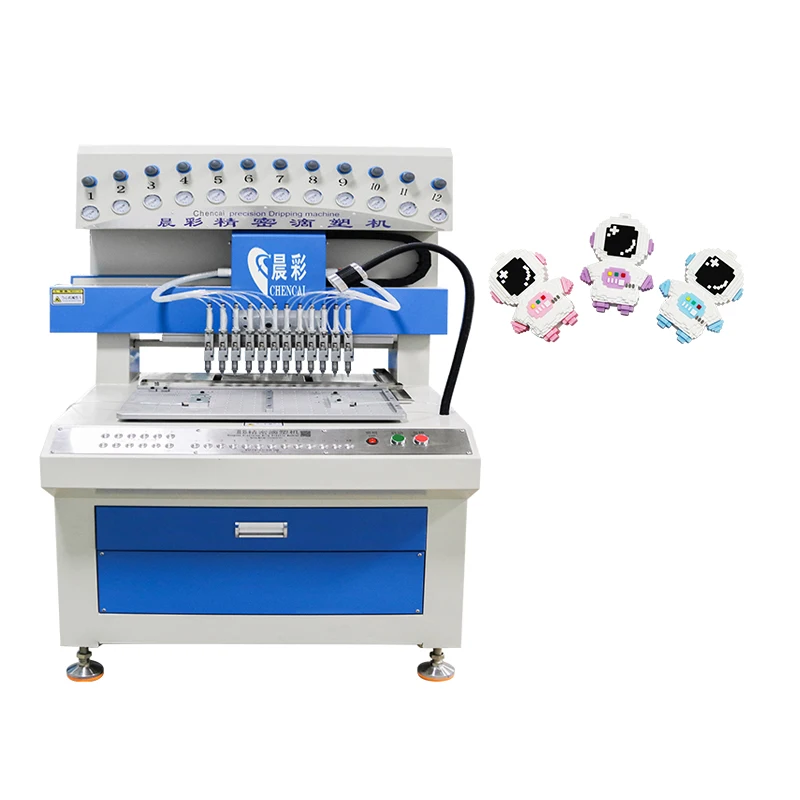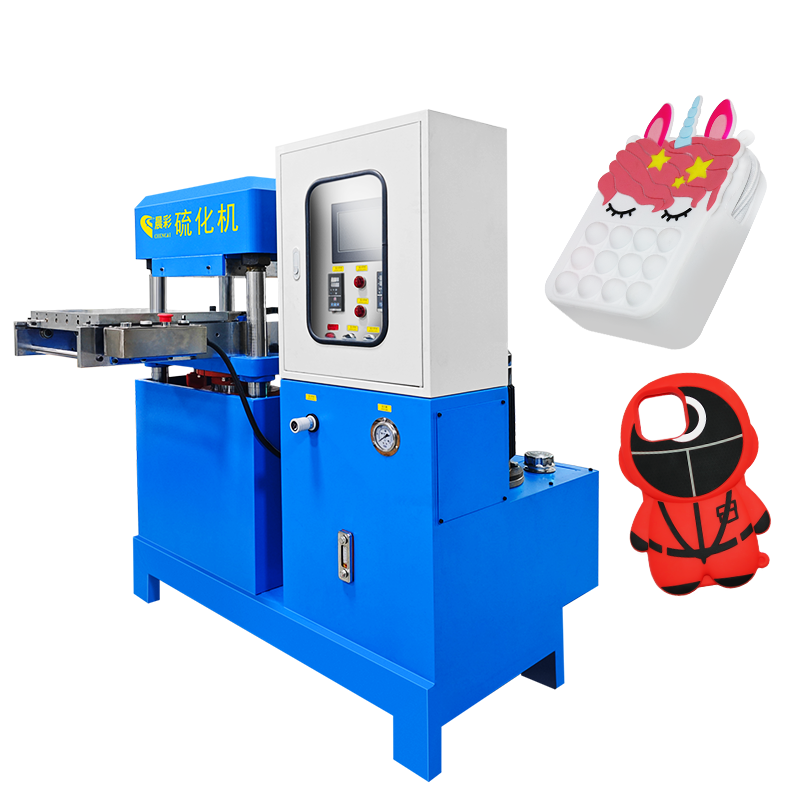Understanding the Workflow of Silicone Vulcanizing Machines
Workflow of Silicone Vulcanizing Machine
Raw Material Preparation and Injection Molding: The workflow of silicone vulcanizing machine starts with raw material preparation. Silicone raw materials are usually liquid or semi-solid, and must be mixed, masterbatch, filler and other additives to ensure the uniformity and quality of the raw materials. After the silicone raw materials are prepared, they are injected into the mold. At this time, the injection molding process plays a decisive role, and the silicone vulcanizing machine can ensure the accuracy and consistency of silicone molding.
Vulcanization stage: heating and pressurization: Once the silicone raw materials are injected into the mold and ready to enter the vulcanization process, the silicone vulcanizing machine begins to work. The vulcanization process is a combination of high temperature and high pressure that causes the silicone raw materials to react chemically and form a cross-linked structure, thereby enhancing the physical properties of silicone.
The silicone vulcanizing machine heats the mold to the required temperature (usually between 160°C and 200°C) through a heating device, while applying a certain amount of pressure. This process ensures that the silicone flows completely into every detail of the mold and forms a uniform cross-linked structure. The length of vulcanization time varies according to the specific requirements of the silicone material and the mold, usually ranging from a few minutes to more than ten minutes.

Cooling and demolding: After vulcanization is completed, the silicone product needs to be cooled. The purpose of cooling is to reduce the temperature of the silicone, making it stronger and easier to demold and handle. Cooling is usually carried out by water cooling or air cooling to ensure that the product is evenly cooled and avoid local temperature being too high, resulting in shape deformation or quality problems.
Post-processing and testing: After the silicone product is removed from the mold, it often needs to undergo post-processing. These post-processing include trimming off excess scraps, quality inspection, cleaning, etc. In addition, silicone vulcanizing machine products usually need to be tested for physical properties, such as tensile strength, hardness, temperature resistance, etc., to ensure that they meet quality standards.
Chencai's silicone vulcanizing machine solution
Chencai is a high-tech enterprise dedicated to the research and development, production and sales of silicone vulcanizing machines. With its many years of industry experience and technical accumulation, Chencai's silicone vulcanizing machine has a good reputation in the market and has been widely used in many industries.
Chencai's silicone vulcanizing machine uses advanced control systems and efficient heating and pressurizing technology to ensure precise control of temperature and pressure during the production process, thereby improving the uniformity and stability of the product. In addition, we also provide a series of customized solutions to meet the specific requirements of customers under different production needs. Whether it is small batch production or large-scale industrial production, our silicone vulcanizing machine can provide efficient and stable processing support.
Recommended Products
Hot News
-
Silicone Label Machine: An Efficient, Precise And Multifunctional Dispensing Machine
2023-12-27
-
Application And Development Trend Of Automatic Dispensing Machine In Electronics Industry
2023-12-27
-
The Principle, Characteristics And Advantages Of Automatic Dispensing Machine Are Introduced
2023-12-27

 EN
EN
 AR
AR
 BG
BG
 HR
HR
 CS
CS
 DA
DA
 NL
NL
 FI
FI
 FR
FR
 DE
DE
 EL
EL
 HI
HI
 IT
IT
 JA
JA
 KO
KO
 NO
NO
 PL
PL
 PT
PT
 RO
RO
 RU
RU
 ES
ES
 TL
TL
 IW
IW
 ID
ID
 SK
SK
 UK
UK
 VI
VI
 HU
HU
 TH
TH
 TR
TR
 FA
FA
 AF
AF
 MS
MS
 GA
GA
 BN
BN
 BS
BS
 MY
MY
 KK
KK
 UZ
UZ
 KY
KY











